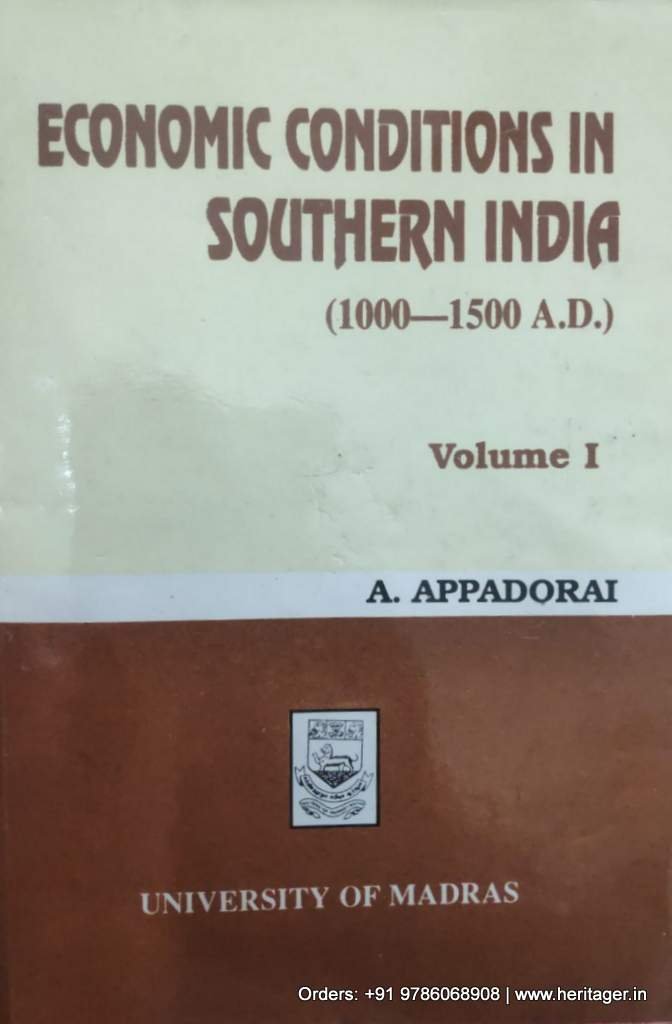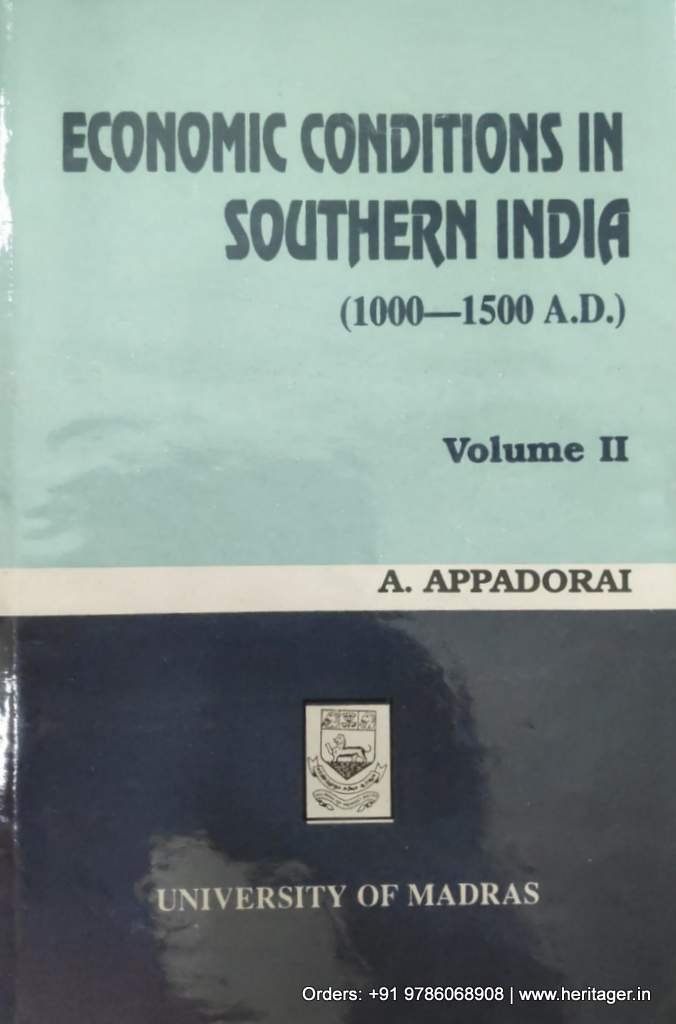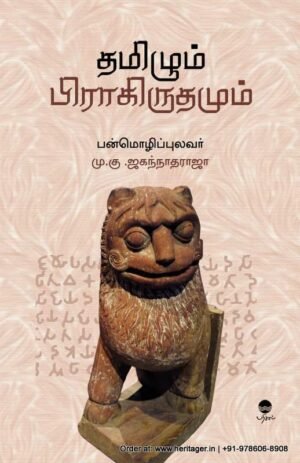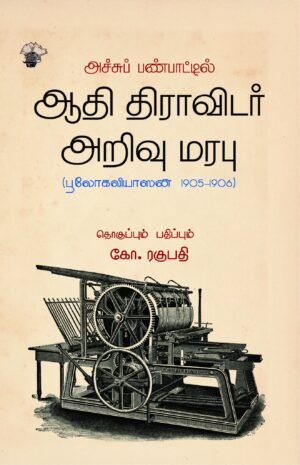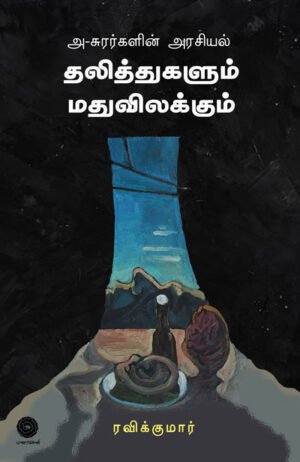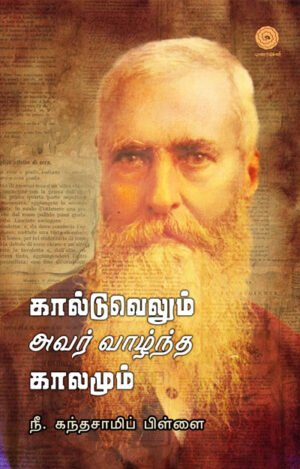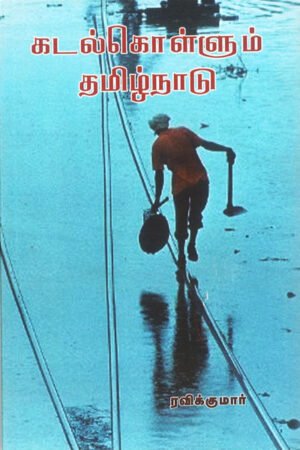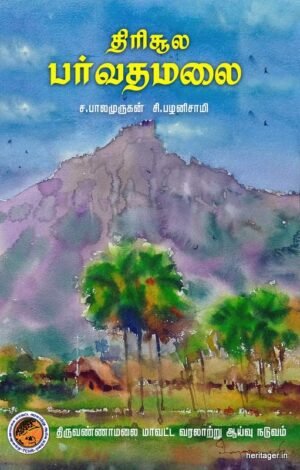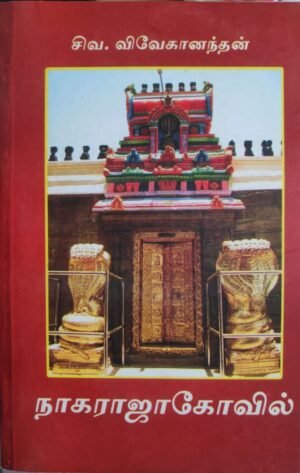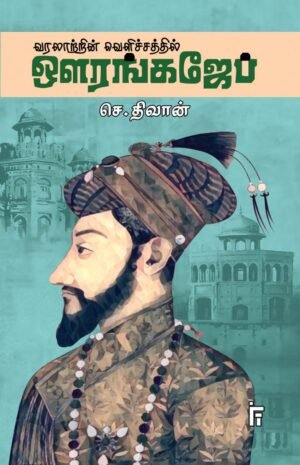Description
In this book, Dr. Appadorai presents the results of his researches into the economic conditions of Southern India from 1000 A.D. to 1500 A.D., that is to say, from the firm foundation of the Cola empire to the reign of Krishna Dēva Raya of Vijayanagar. The period chosen for study is well represented in epigraphy and literature in its various forms, as will be seen from the preliminary account of the sources given in the first chapter. However, the texts of only some of the several thousands of South Indian inscriptions are as yet available to the student, and for the rest, he has generally to depend on the summary notices in the annual reports on epigraphy, which are not always as informing as may be desired; even in the published texts of inscriptions, much that relates to the details of government and administration still remains obscure. Moreover, attention has been given so far more or less exclusively to the reconstruction of the early political history of the land, a necessary preliminary to the study of these documents on their institutional side, a study that can be said to have hardly begun. Literary evidence which is an authentic and unequivocal source of the knowledge of past history in other countries, is in India, unfortunately, of very little direct use to the historian, who has to grope his way in the dim light provided by foreign observers coming at long intervals and limited in the range of their travels and interests. It will be seen that Dr. Appadorai has cast his net wide and sought to bring together much interesting material from the most diverse sources, Arab, Chinese and European, while he makes no secret of the difficulties of interpre tation encountered by him.
The plan of the work is simple. India is and was primarily an agricultural country with a rural economy. The economic life of the village therefore rightly claims the first place, and is studied in con- siderable detail in a long chapter comprising about a third of the whole book. This is followed by a study of the growth of towns, the features of urban life, and the nature and organisation of industry, production and trade. The articles and the direction of foreign trade are then enquired into, before the role of the state in the economic life of the community is examined. The concluding chapters contain a brief study on the relief of the poor in normal times as well as during famines, and an attempt to determine the standard of life of the people in the period dealt with
There has been no attempt on the part of Dr. Appadorai to gloss over inconvenient facts, much less to suppress them. In a strictly objective, scientific study, he has covered a wide field, and fur- nished a first view of the economic life of South India for a period of five hundred years. The picture is by no means complete, and in parts indeed not much more than a sketch. It is to be hoped that this work will provide a stimulus for more detailed studies on the economic life of South India in this and other periods of its history.
